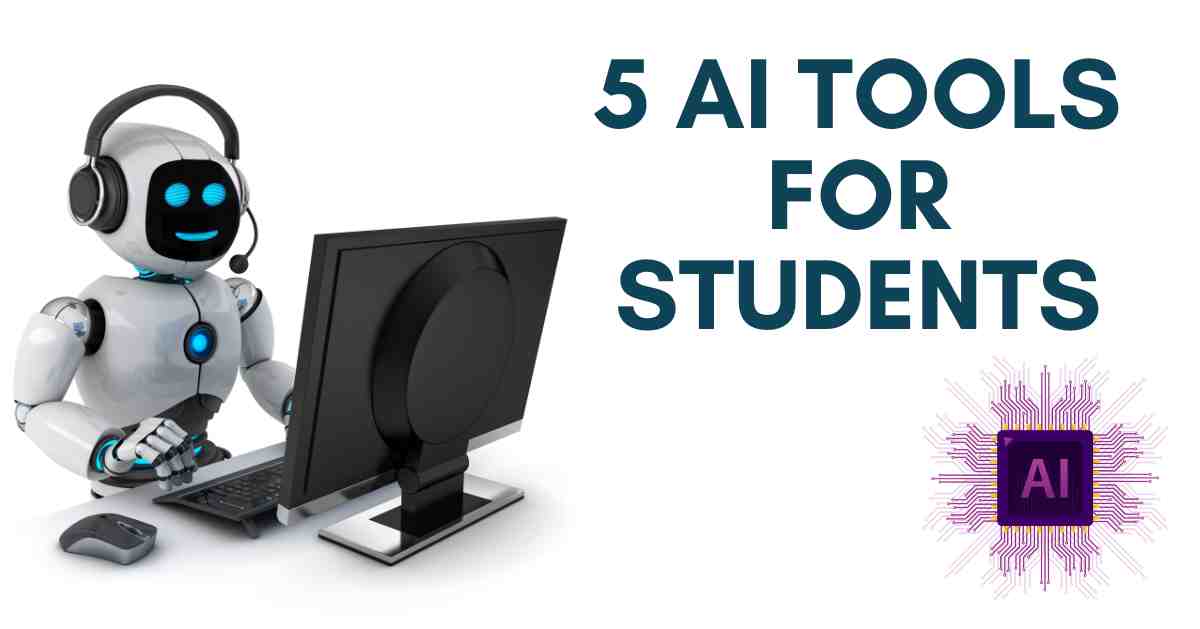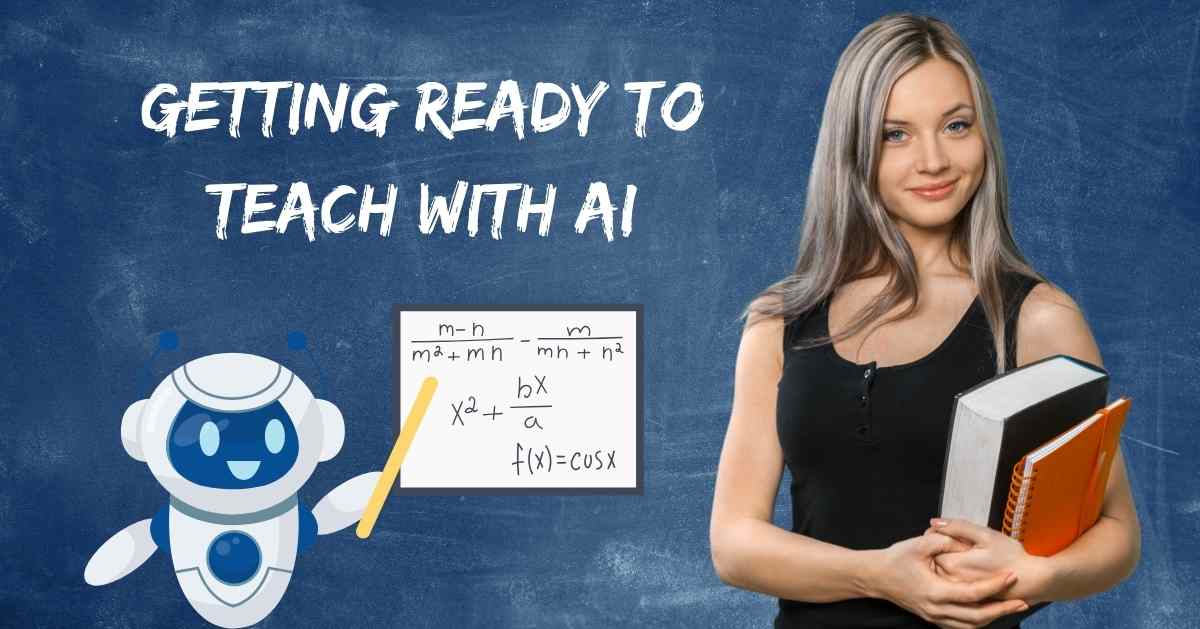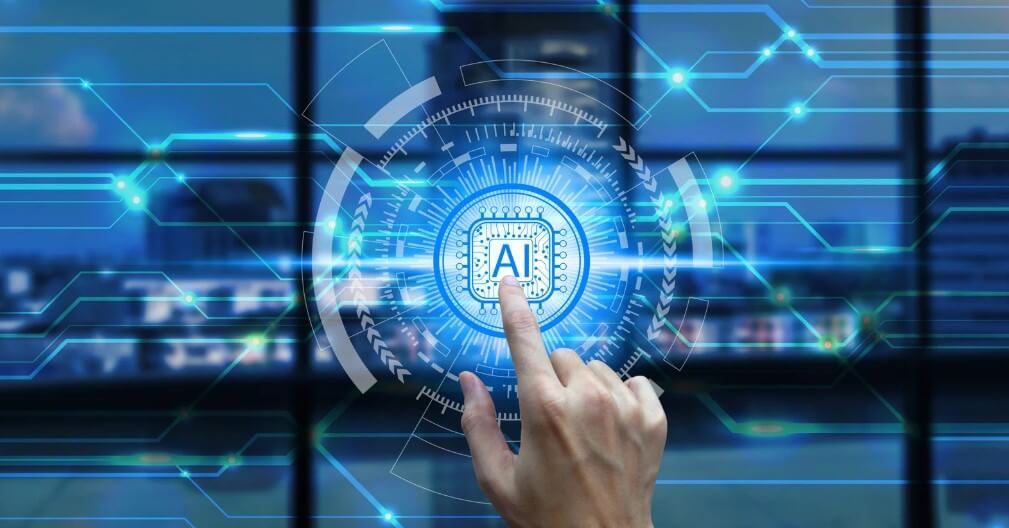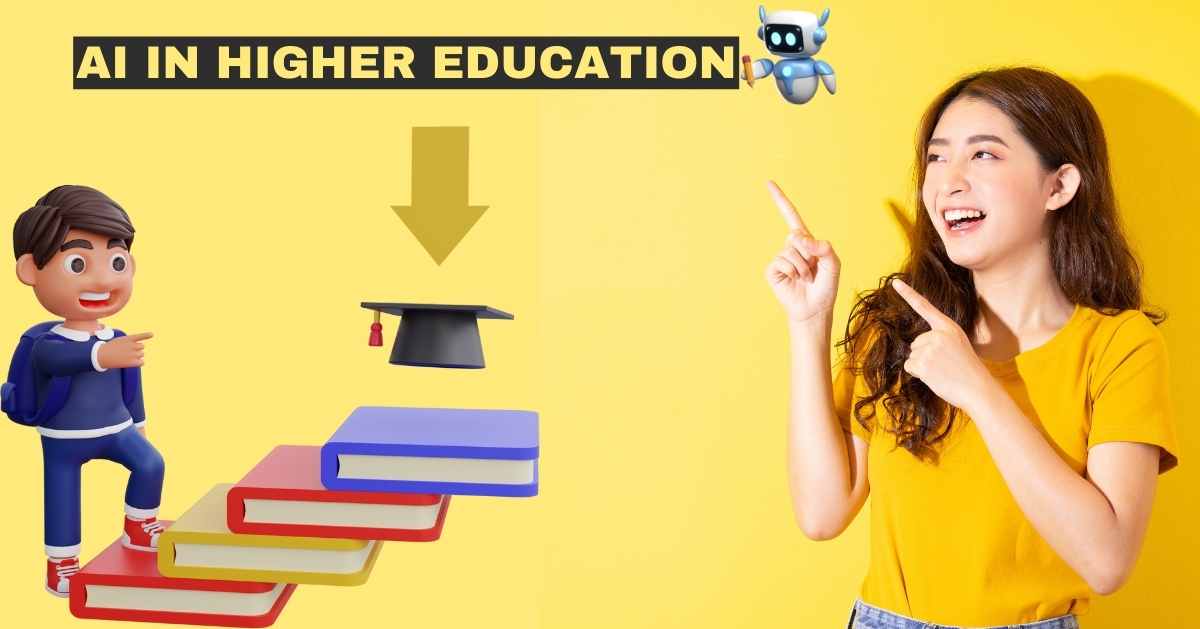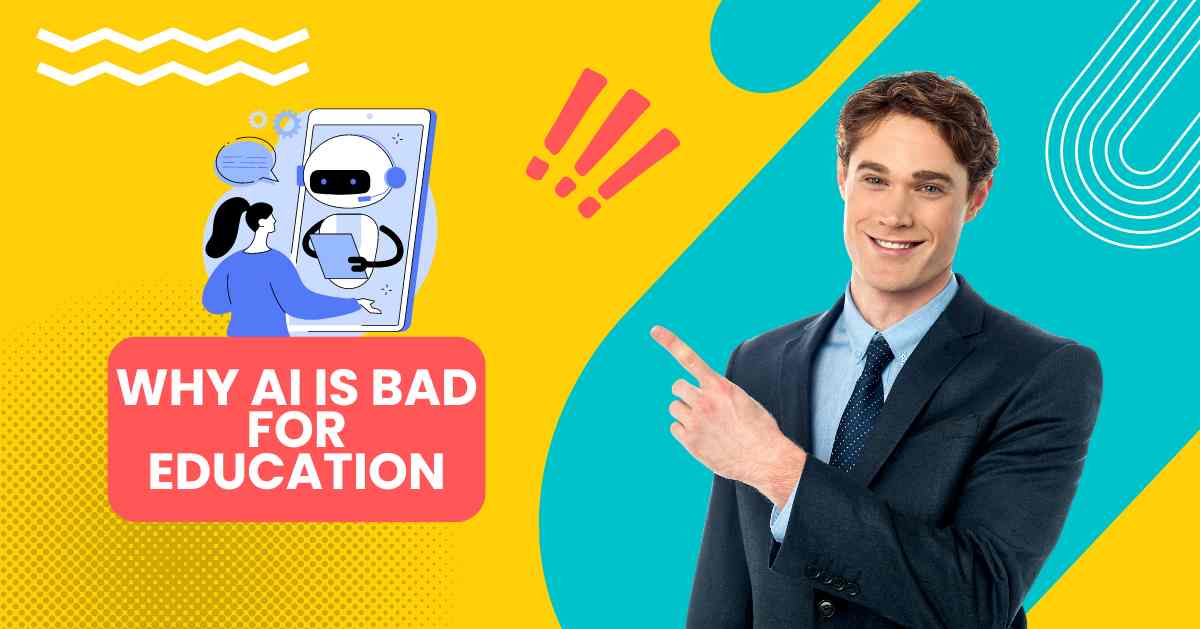How AI is Revolutionizing Education: Benefits and Future Potential
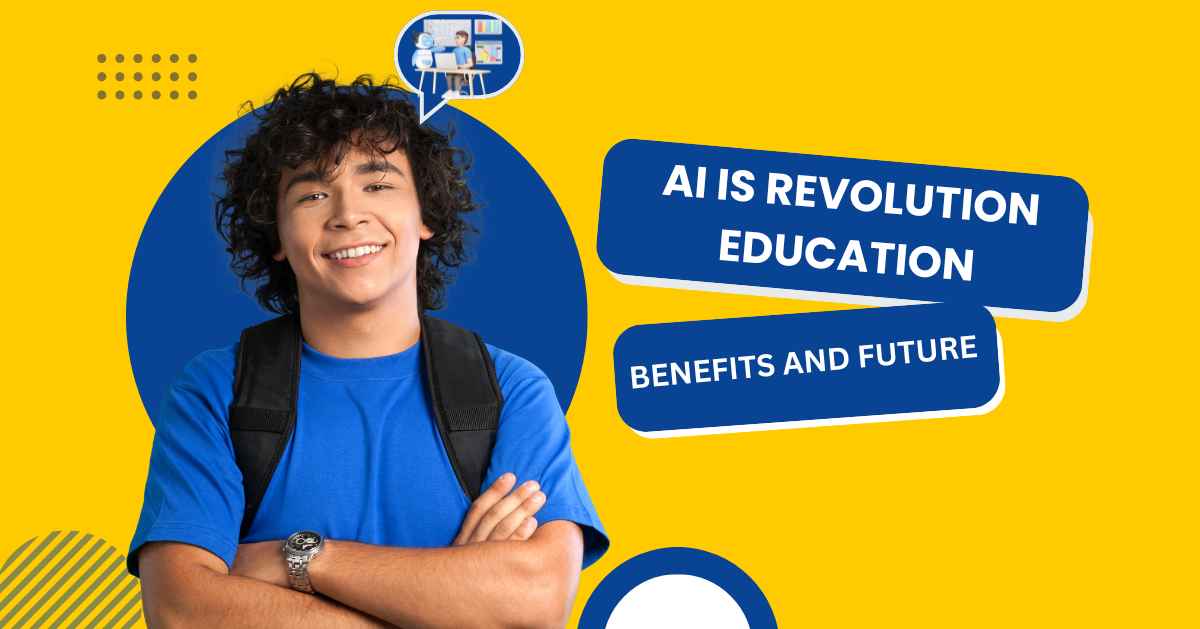
Artificial Intelligence The AI Education Revolution is changing the way we learn and teach. It can make education more personalized, efficient, and accessible for everyone. Let’s explore how AI is transforming education and the benefits it brings.
What is AI in Education?
AI in education refers to using smart machines and software to improve learning and teaching. These AI tools can understand, learn, and adapt to individual students’ needs. They help teachers by automating routine tasks and providing insights to better support students.
How AI Helps in Education
1. Personalized Learning: AI can tailor lessons to each student’s needs. By analyzing data on a student’s performance, AI systems can provide customized resources and exercises, ensuring that each student gets the support they need to succeed.
2. Automated Grading: Teachers often spend a lot of time grading assignments. AI can take over this task, quickly and accurately scoring tests and papers. This gives teachers more time to focus on teaching and interacting with students.
3. 24/7 Support: AI-powered chatbots can answer students’ questions anytime, day or night. This means students can get help with their homework or study materials whenever they need it, without having to wait for the next class.
4. Enhanced Engagement: AI tools can make learning more interactive and fun. For example, virtual reality (VR) and augmented reality (AR) can create immersive learning experiences, helping students understand complex subjects more engagingly.
5. Identifying Learning Gaps: AI can analyze student performance data to identify areas where they are struggling. This allows teachers to intervene early and provide additional support to help students catch up.
[Read More: Why is Technical Writing Important in the Workplace]
What Can We Achieve by Using AI in Education?
1. Improved Learning Outcomes: With personalized learning and immediate feedback, students can learn more effectively and achieve better results.
2. Greater Accessibility: AI can make education more accessible to everyone, including students with disabilities. For instance, speech recognition and text-to-speech technologies can assist students who have difficulties with reading or writing.
3. Efficiency for Educators: By automating administrative tasks, AI frees up time for teachers to focus on instruction and student support.
4. Lifelong Learning: AI-powered platforms can provide ongoing education and professional development opportunities, helping individuals to continue learning throughout their lives.
5. Data-Driven Decisions: AI can help schools and educators make informed decisions based on data. This can lead to better teaching strategies and improved educational policies.
Summary
AI Education Revolution holds great promise. It can create more personalized, engaging, and efficient learning experiences, helping students and teachers alike. As AI continues to evolve, its potential to transform education for the better is immense.


